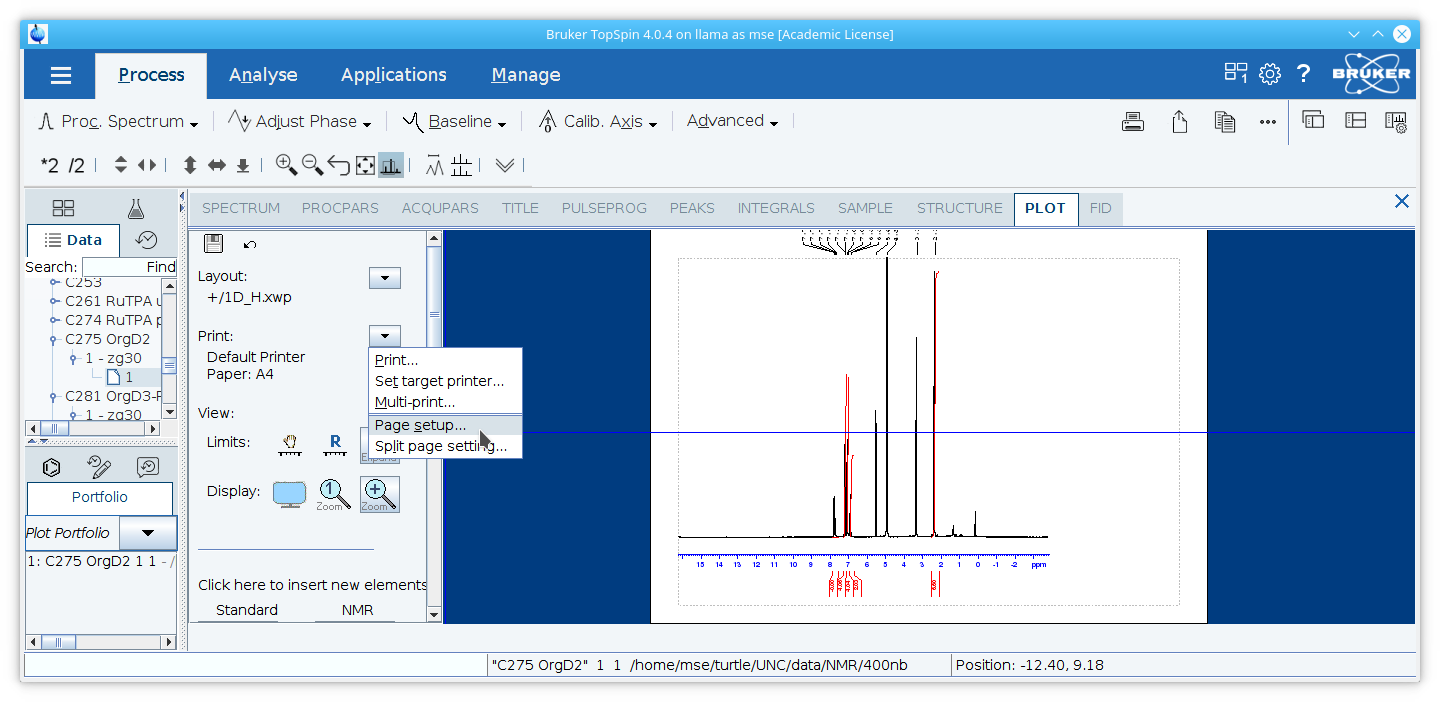
Loss of intestinal core 1-derived O-glycans causes spontaneous colitis in mice. Altered O-glycosylation profile of MUC2 mucin occurs in active ulcerative colitis and is associated with increased inflammation. Core 1- and 3-derived O-glycans collectively maintain the colonic mucus barrier and protect against spontaneous colitis in mice. Colorectal cancer in mice genetically deficient in the mucin Muc2. Muc2-deficient mice spontaneously develop colitis, indicating that Muc2 is critical for colonic protection. Commensal bacteria, traditional and opportunistic pathogens, dysbiosis and bacterial killing in inflammatory bowel diseases. Colitogenic Bacteroides thetaiotaomicron antigens access host immune cells in a sulfatase-dependent manner via outer membrane vesicles. Sulfatases and a radical S-adenosyl- l-methionine (AdoMet) enzyme are key for mucosal foraging and fitness of the prominent human gut symbiont, Bacteroides thetaiotaomicron. The inner of the two Muc2 mucin-dependent mucus layers in colon is devoid of bacteria. Our results provide insight into the mechanisms of mucin degradation by a prominent group of gut bacteria, an important process for both normal microbial gut colonization 2 and diseases such as inflammatory bowel disease 3. Unexpectedly, we found that a single sulfatase is essential for utilization of sulfated O-glycans in vitro and also has a major role in vivo. Crystal structures of three enzymes provide mechanistic insight into the molecular basis of substrate specificity. We characterized the activity of 12 different sulfatases produced by this species, showing that they are collectively active on all known sulfate linkages in O-glycans. Here we show that sulfatases are essential to the utilization of distal colonic mucin O-glycans by the human gut symbiont Bacteroides thetaiotaomicron. In the distal colon, these glycans are heavily sulfated, but specific sulfatases that are active on colonic mucins have not been identified. However, it remains unclear which bacterial enzymes initiate degradation of the complex O-glycans found in mucins. Some gut bacteria are able to utilize mucin glycoproteins, the main mucus component, as a nutrient source. In the colon, secreted mucus creates a barrier that separates these microorganisms from the intestinal epithelium 1.

Humans have co-evolved with a dense community of microbial symbionts that inhabit the lower intestine.


 0 kommentar(er)
0 kommentar(er)
